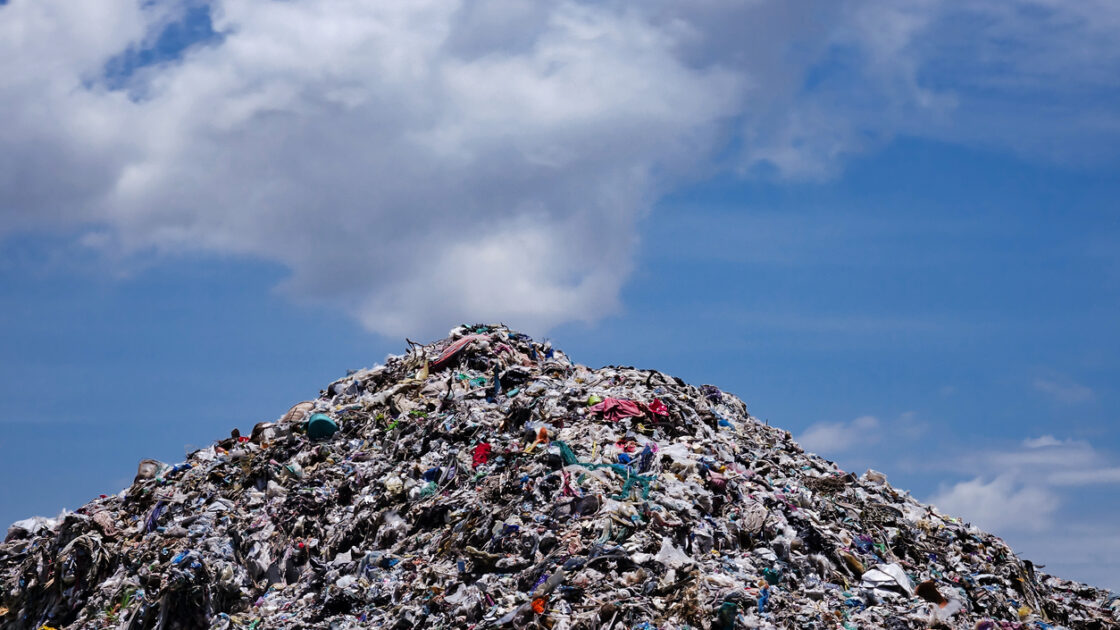Humans Have Made ‘One-Billion Elephants Worth’ of Plastic, and (So Much) More is Coming

Scientists have finally measured plastic production to date, and the findings are mind-boggling. Since World War II, we’ve produced more than 8 billion tons of plastic – and half of that appeared in just the last thirteen years.
How much plastic is that? One-billion elephants worth. Enough to bury Manhattan in two-miles-deep plastic, according to the research, the first global analysis on mass-produced plastic.
Plastic is now so prevalent, that the researchers note we’re “near permanent contamination of the natural environment”. The findings are published in the journal Science Advances.
Because plastic is so incredibly slow to degrade, even if we stopped producing plastic of any kind today, we’d still have plastic on the planet in hundreds, even thousands of years, warn the researchers. And efforts to decrease production and improve recycling aren’t aggressive enough. The researchers warn we could hit 34 billion tons by 2050.
“Researchers estimated that the cumulative waste generation of primary and recycled plastics amounted to 6.3 billion metric tons, or approximately 13.9 trillion pounds. Of this, 12 percent have been incinerated and 9 percent have been recycled,” reports U.S. News & World Report.
“We are increasingly smothering ecosystems in plastic and I am very worried that there may be all kinds of unintended, adverse consequences that we will only find out about once it is too late,” said Roland Geyer, from the University of California and Santa Barbara, who led the project.
A recent investigation by the Guardian found that an astonishing one million plastic bottles are purchased every single minute – a number that’s projected to increase 20 percent in the next five years.
“We are on this enormous growth trajectory – there is no end in sight of the rate of this growth,” said Geyer.
“Combined with this huge growth rate it makes me very concerned. We should look at the numbers and ask as a society, is this what we want, can we not do better?”
And while much is being done to avert plastic from oceans and waterways, the researchers say we may have overlooked the damage it’s doing to terrestrial land-based organisms, to which Geyer told the Guardian, “I would suspect there is something equivalent going on [on land] and it might actually be worse.”
Not only is plastic harmful to marine life, but endocrine disrupting chemicals make it a human health risk as well. Exposure to plastic has been linked to developmental disorders, metabolic issues, hormone disruption, and even some types of cancer.
Put simply,” Geyer said, ” you can’t manage what you don’t measure, and so we think policy discussions will be more informed and fact based now that we have these numbers.”
Find Jill onTwitter and Instagram
Related on Organic Authority
Research Showing Fish Enjoy Eating Microplastics a ‘Complete Fantasy’
Toxic BPA in Canned Food Down 30 Percent Since 2015, But It’s Still Widespread, Study Finds
‘The Dude’ Abides by this No More Plastic Rule, Now It’s Your Turn [Video]

